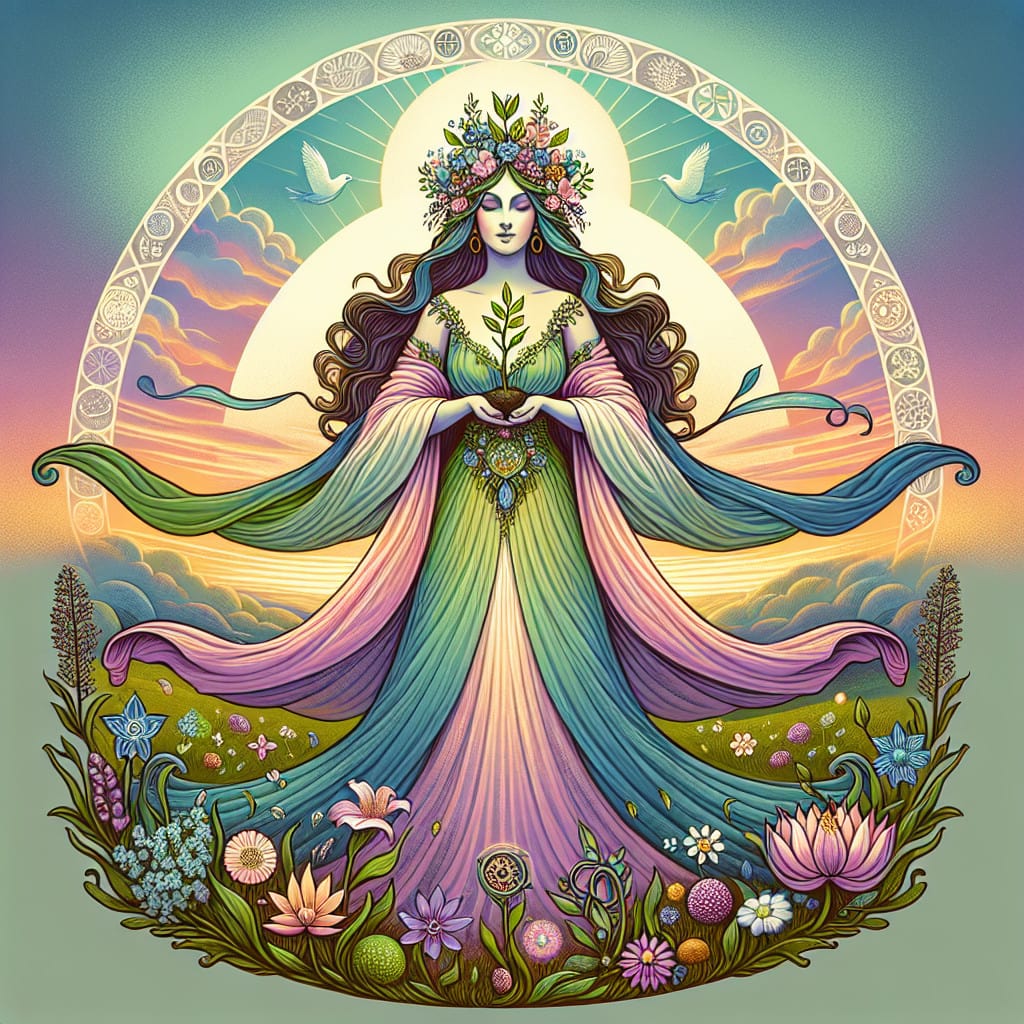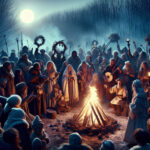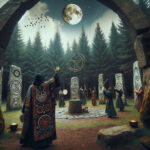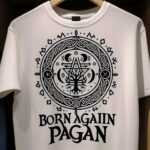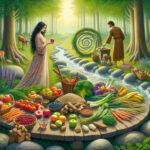Easter is a popular holiday celebrated around the world, but the origins of this special day are often unknown. The Easter holiday has its roots in a pagan goddess known as Eostre or Ostara, who is believed to be responsible for ushering in spring and bringing fertility to the world. This article will explore the legend of Eostre and the role she plays in the Easter holiday.
The Easter Pagan Goddess is a figure of great spiritual and cultural importance in many traditions around the world. She is often seen as a symbol of fertility, rebirth, and the cycle of life. In some cultures, she is believed to be a living being, and her presence is invoked during rituals, festivals, and other special occasions. She has been a source of inspiration for artists, writers, and other creatives for centuries.
What is the Easter Pagan Goddess?
The Easter Pagan Goddess is the goddess of the Spring Equinox and is a popular figure in many pagan traditions. She is known by many names, including Eostre, Ostara, and Oestre. She is believed to bring fertility, abundance, and renewal to the world. In some traditions, she is also seen as a goddess of death, transformation, and the afterlife.
The Easter Pagan Goddess is often depicted as a beautiful woman with long hair and a lithe body, often wearing a crown of flowers. She is associated with rabbits, eggs, and other symbols of fertility and renewal. In some traditions, she is said to have created the world and is seen as a mother figure.
What are the Origins of the Easter Pagan Goddess?
The origins of the Easter Pagan Goddess are unclear and much debated. Some believe that she is an ancient deity from pre-Christian times, while others think she is a figure who was created by medieval Christians to replace older pagan goddesses. Whatever her origin, the Easter Pagan Goddess has become an important figure in many traditions.
The Easter Pagan Goddess is associated with the festival of Easter, which takes place on the Sunday following the Spring Equinox. In many countries, Easter is celebrated with food, gifts, and activities related to the goddess. Easter eggs, rabbits, and other symbols of fertility and renewal are often associated with the goddess.
What are the Symbols of the Easter Pagan Goddess?
The symbols of the Easter Pagan Goddess are associated with fertility, abundance, and renewal. Eggs, rabbits, and other symbols of fertility are used to represent the goddess, as well as the colors of the dawn, such as pink, yellow, and green. Flowers, especially daffodils, are also associated with the goddess, as are birds and other animals.
How is the Easter Pagan Goddess Worshipped?
The Easter Pagan Goddess is often invoked during rituals, festivals, and other special occasions. In some traditions, she is thought to bring fertility, abundance, and renewal to the world. Offerings of food, flowers, and other gifts are often made in her honor. Prayers, chants, and songs are also used to invoke her presence.
What is the Significance of the Easter Pagan Goddess?
The Easter Pagan Goddess is seen as a symbol of fertility, abundance, and renewal. She is often invoked during rituals, festivals, and other special occasions. She is also seen as a source of inspiration for artists, writers, and other creatives. The Easter Pagan Goddess is a powerful figure in many pagan traditions, and her presence is invoked to bring fertility, abundance, and renewal to the world.
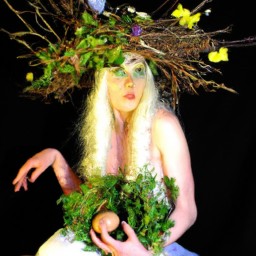
Easter is a holiday that has been celebrated for centuries, and its origins can be traced back to the pagan goddess, Eostre. Although the exact history of Eostre is unknown, it is clear that she was a powerful figure in ancient pagan cultures and was associated with fertility, springtime, and new beginnings. Her festival was celebrated with feasts, offerings, and rituals, and her symbols remain a part of modern Easter celebrations. The true meaning of Easter can be found in its connection to the goddess Eostre and her celebration of the coming of spring and new beginnings. By understanding the history of Easter, we can better appreciate the holiday and the joy it brings. Easter is a reminder of the power of renewal, hope, and growth, and its celebration is a reminder of the strength and resilience of our ancestors.

